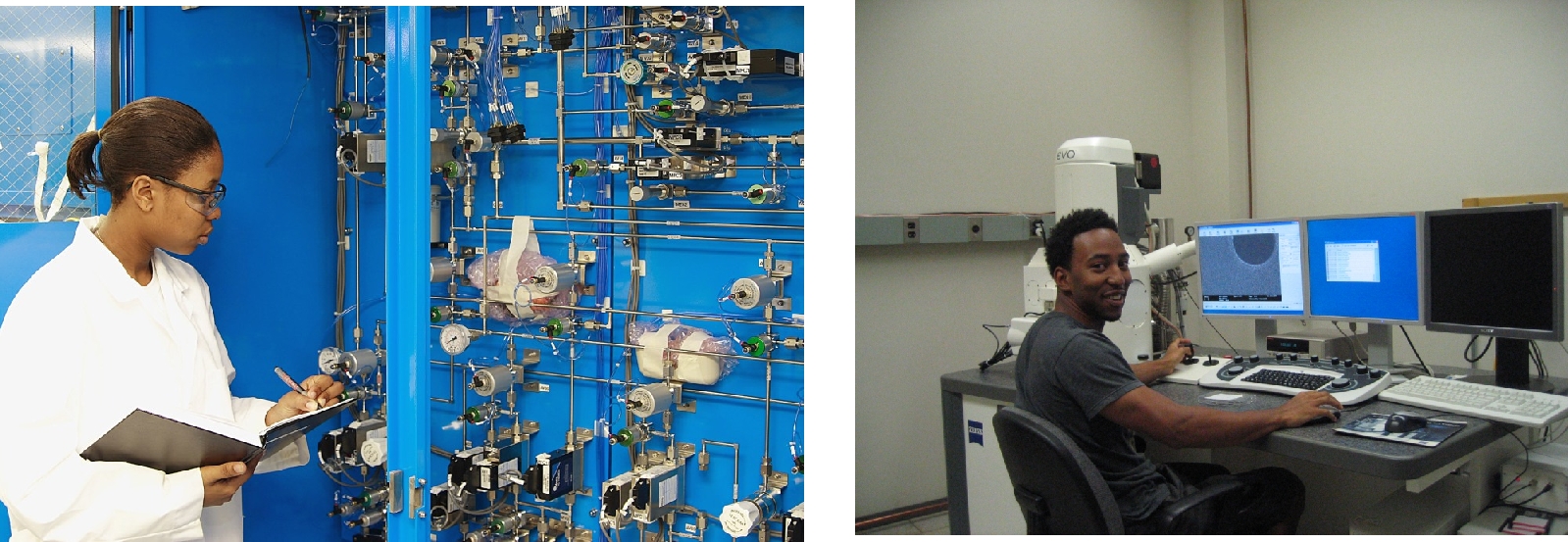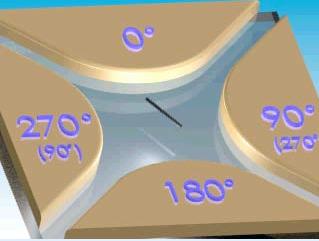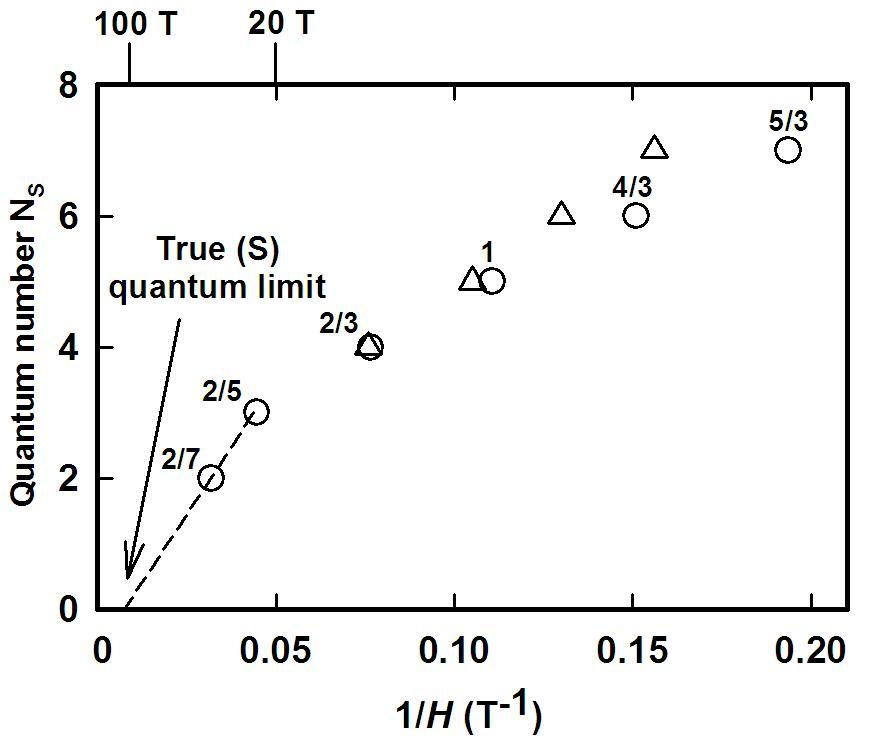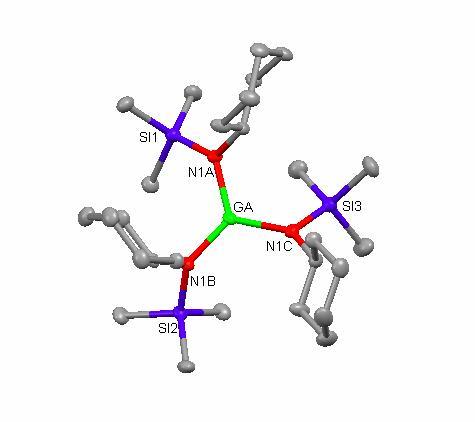The Howard/Hopkins/PGCC PREM is establishing a pipeline for training great materials scientists and engineers through world-class research and innovative materials education. We are a unique partnership between a research university MRSEC, an emerging materials science program at an HBCU and a growing engineering and science programs at a community college that serves a primarily African American community. The PREM’s research joins together established projects at Howard and the JHU MRSEC on:
- Spin transport properties in bismuth (Bi) nanowires. Spin transport is important for next generation electronics because of its higher speed and lower power requirements. Bi is a promising material for spintronic. Tito Huber’s group at Howard in collaboration with Peter Searson and Chia Ling Chien at the JHU MRSEC are exploiting Bi nanostructures that exhibit Aharonov-Bohm interference phenomena.
- Growth and characterization of transport properties in ceramic nanowires including, GaN, ZnO, Bi, Si, and SiC. These materials with a range of bandgaps, have important practical uses as electrical, optical, electro-optical and perhaps mechanical elements. SiC, ZnO and GaN have potential for operation at high temperatures in hostile environments. Gary Harris and Josh Halpern’s groups at Howard are collaborating with the Reich and Chien groups at JHU on this project.
- Synthesis of single source organometallic chemical vapor deposition (OMCVD) precursors for nanowire and thin film growth and doping.Such precursors will allow deposition at lower temperatures and be safer than currently used materials including ammonia. The group lead by Jason Matthews at Howard is working with Howard Katz’s group in the Hopkins MRSEC.
Chien’s JHU MRSEC group uses electric tweezers to characterize AC conductivity of a variety of nanowires grown at Howard by the Harris, Huber and Halpern groups. Building circuits with single nanowires is a time consuming task. Electronic tweezers allow contactless measurement of this important electronic property hr
Tito Huber at Howard is investigating the effect of Bismuth's surface states on the electronic properties of bulk samples. He has shown that recent attribution of magnetoquantum peaks in the Nernst thermopower to two-dimensional electron gas charge quantum fractionalization, can be more plausibly interpreted in terms of surface states. Huber will be testing his hypothesis of a 70 T quantum limit beyond which no quantum states exist.
Jason Matthews and his students have synthesized tris-(cyclohexyl(trimethylsilyl) amido) gallium, a unique precursor for growing gallium nitride. Thin films grown with this and similar precursors are being characterized in collaboration with the JHU MRSEC Our PREM supports materials education by teaching new courses at Howard and PGCC, creating and introducing materials science experiments for teaching laboratories, operating an REU program for Howard and PGCC students and providing on line teaching materials. Prof. Scott Sinex at PGCC has authored a large collection of materials science Excelets on topics ranging from bonding in crystals to conductor and semiconductor IV curves. Excelets are small Excel programs designed for discovery based education. They resemble JAVA applets that can be run on a stand alone machine with the major advantage of being much simpler to write. They are being used worldwide, and can be downloaded from http://academic.pgcc.edu/~ssinex/ excelets/matsci_excelets.htm.
Publications
- “Observation of three-dimensional behavior in surface states of bismuth nanowires and the evidence for bulk-Bi surface quasiparticles”. T.E. Huber, A. Nikolaeva, L. Konopko, and M.J. Graf. Phys. Rev. B 79, 201304 (2009)"Biphasic GaN nanowires: Growth mechanism and properties”. J.B. Halpern, A. Bello, J. Gilcrease, G.L. Harris and M. He. Microelectronics Journaldoi:10.1016/j.mejo.2008.07.022 (2008)"Characterization and Application of BPR-100 Thick Photoresist". Nupur Basak, G. L. Harris, James Griffin, K.D.Wise. The Institution of Engineering and Technology (IET), Micro and Nano Letters,2(4) 115-117, (2007). DOI 10.1049/mnl:20070061
- “Electronic and Structural Characteristics of Zinc-Blende Wurtzite Biphasic Homostructure GaN Nanowires”. B.W. Jacobs, V.M. Ayres, M.P. Petkov, J.B. Halpern, M. He, A.D. Baczewski, K. McElroy, M.A. Crimp, J. Zhang, H.C. Shaw, Nano Letters, 7( 5), 1435-1438 (2007)
- “Synthesis and characterization of zinc AP-MOCVD precursors and their utility in the growth of ZnO”. J.S. Matthews, O.O. Onakoya, T.S. Ouattara and R.J. Butcher, Dalton Trans., 31, 3806-3811, (2006)
- “Discovery Learning Tools in Materials Science: Concept Visualization with Dynamic and Interactive Spreadsheets in Materials Education”. S.A. Sinex and J.B. Halpern, Ed. M. Patterson, D. Dunham, E. Marshall, J. Nucci Mater. Res. Soc. Symp. Proc.1233, 03-04 (2010)
- “Hands-on Preparation and Testing of Solution-processed Semiconductor Devices in the Undergraduate Classroom” J. Sun, O. Wilson, M. Reese, B.J. Jung, T. Dawidcyk, M. Yeh, B.M. Dhar, B.N. Pal, P. Trottman, I. McCue, L. Berger, G.R. Blum, E. Heinemann, D. McGee, J.D. Erlebacher, H.E. Katz. Journal of Materials Education (invited), 31, 271-284 (2009)





